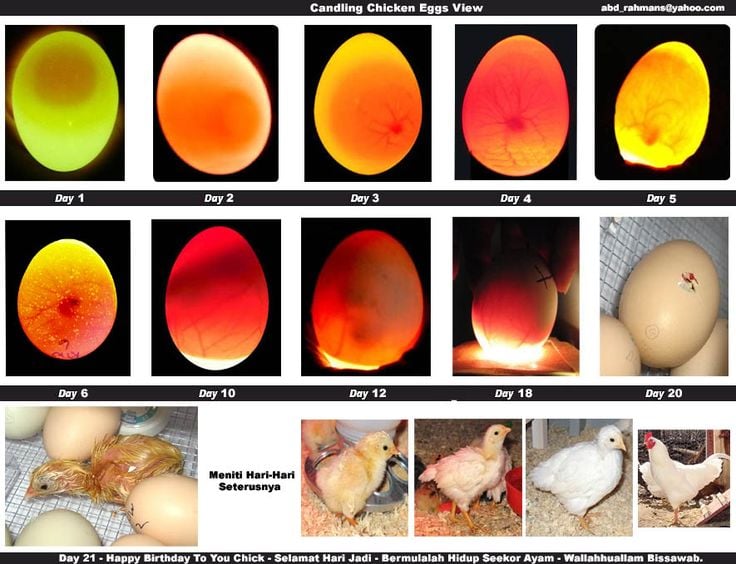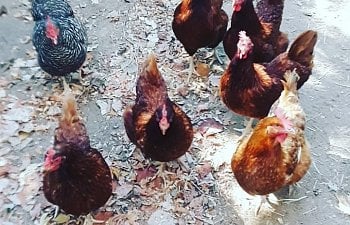Incubating Chicken Eggs in a Still Air incubator
If you want to hatch chicken eggs but you’re not sure how, this article will help you with the basics. Whether they are from a supplier or eggs from your own back yard. This guide will help you get started.
When you have the eggs you want to incubate, put them in an egg carton. Fat side facing up and the pouty side facing down. The eggs need to be at room temperature for at least 12 hours. Keep the egg carton slanted switching the side that is slanted, two or three times.
When your ready to turn the incubator on you will need to add a ½ cup warm water so you can get the humidity you need. You want to make sure that the temperature stays in the range of 99-102 degrees Fahrenheit, and the humidity in the range of 40 to 50 percent. It’s a good idea to put a thermometer in the incubator to be sure of the humidity and temperature.
When you put the eggs in the incubator, put an X on one side of the egg, and an O on the other side. You will need to turn the eggs at least three times a day, but four to five times a day would be better. This is to exercise the embryo and to keep it from sticking to the egg shell. The X and O on each side of the egg shell will help you make sure you turned the eggs. if you have an automatic egg turner this will also help make sure it is the eggs properly. Keep track of the days, so you know when to candle.
When you candle, it will show if the egg is fertile or not. The best days to candle are days 7, 14, and 18. When it is time to candle, grab a flash and go to a dark room. Hold the egg on the flash light by using your hand, to make a circle around the top. At the fat end of the egg there should be a lighter spot called the air sac. Signs of the egg being fertile are blood veins and movement. If it is a very dark egg it might be easier to see through on the 10th day. Signs of an infertile egg will be no veins and no movement. You don’t want to throw the egg out on the first day you candle, it could still have a chance at being fertile. If there are still no signs of life on day 14, or day 18 then it will be time to throw it out.

photo credit: pinterest.com
Once you make it to day 18, you will need to start getting ready for lock down. Lock down is a time in the incubation that you can’t open the incubator. This is the time that your chicks will hatch. Turn the eggs until the night of day 18, that night you will need to add more warm water, so the humidity will rise and stay at about 60 to 75 percent. There should be plugs at the top of your incubator, you will want to take them out, so the chicks can breathe. And, if you have an automatic egg turning you will want to take that out before lock down.
Your eggs could hatch at any time from day 18 to day 21. Some eggs are early, and some can be on day 22, 23 and even day 24 When they are about to hatch, you may hear peeping coming from the incubator. This means that the chick has broken through the membrane. The next step is for the chick to externally pip which means the chick has pecked at the shell and made a hole. This can make a chick very tired, so the chick will rest in the middle of the hatching process. After the chick externally pips, the next step will be to zip. When a chick zips, it turns its body while pecking at the shell.
Once your chicks have hatched, wait until they are dry to take them out of the incubator. Once they are dry enough to go in their brooder they will not need food or water for two days. When you give them their water and food, softly put their beak in the water dish, showing them where it is, and then do the same with the food.

photo credit: simplydixon.co

Photo credit: chickenmama109

